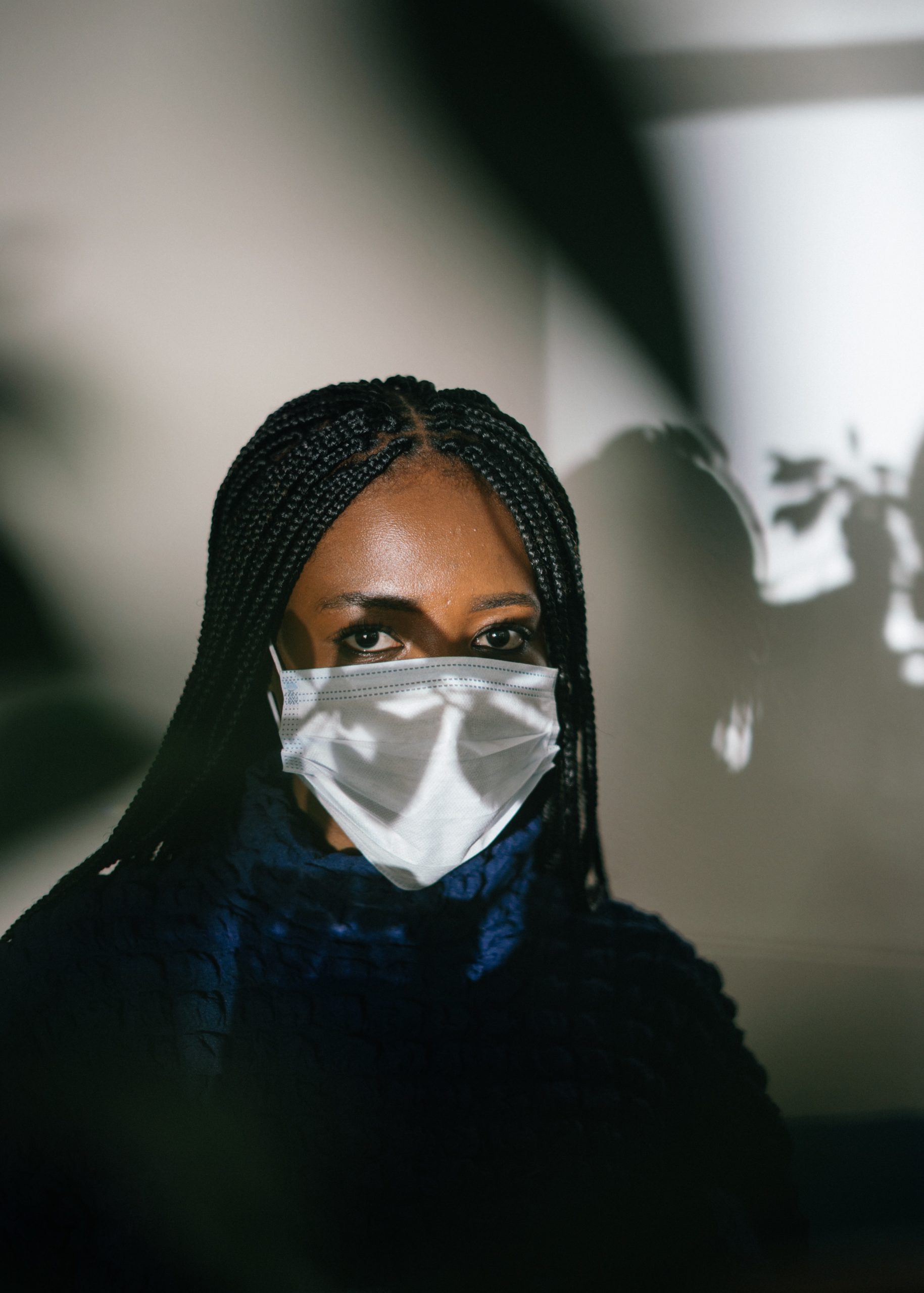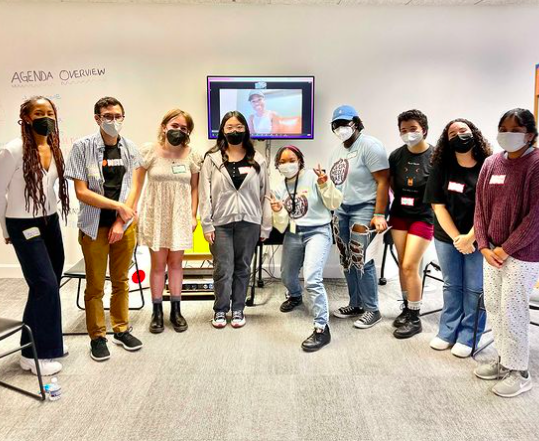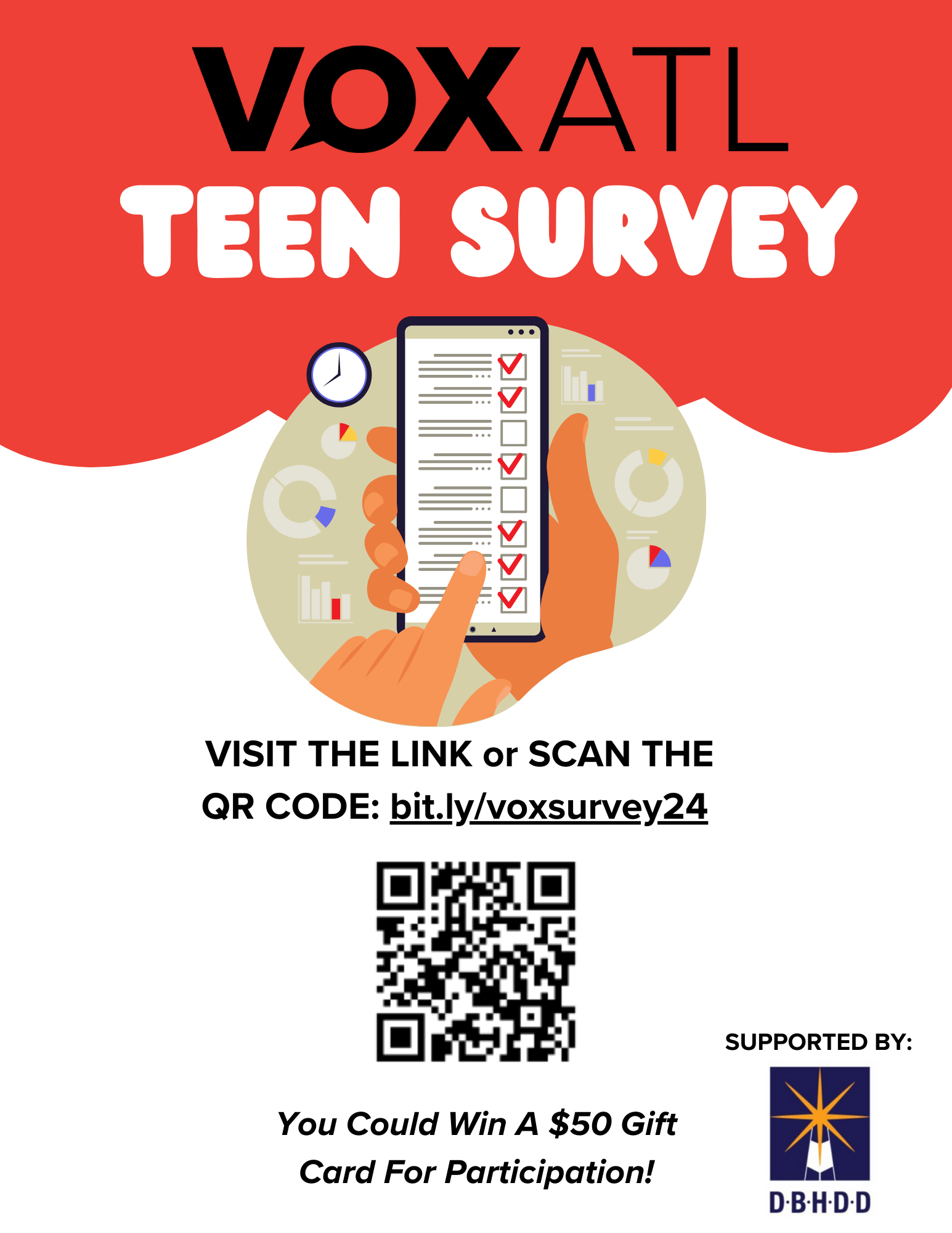Black people are not to blame for disproportionate coronavirus deaths, a history of racism is.
African Americans are more likely to die from COVID-19, here’s why that’s the case.
As COVID-19 continues to ravage throughout the nation, leaving 115,000 people dead in the United States as of June 11th, black communities have been infected and killed at a disproportionate rate across the country.
According to the CDC, 30 percent of COVID-19 patients are African American, despite the fact that African Americans only make up 13 percent of the population of the United States. In Georgia, African Americans make up 83 percent of the hospitalizations despite making up only 32.4 percent of the population of the state. In Louisiana, African Americans account for 70 percent of deaths but are 33 percent of the population. In Michigan, black people are 14 percent of the state’s population but 33 percent of its COVID-19 cases and 40 percent of its deaths.
This data raises several questions. Why do African Americans account for so many COVID-19 deaths and hospitalizations? What are African Americans doing that may cause them to contract the virus at larger rates?
Though the virus may be colorblind, policies, and institutions that have disproportionately caused black people to contract the virus are not. This then puts more of the onus on the institution that the country was built on rather than the habits of African Americans.
Though leaders such as Surgeon General Jerome Adams suggest that African Americans and Latinos “avoid alcohol, tobacco, and drugs,” the issue at hand is on a much grander scale, and these substances are not limited to the black community, further showing that they are not solely to blame for the disproportionate amount of deaths.
Overall, it has been proven that living conditions, working circumstances, underlying health conditions, and lower access to care have been a root cause of the disproportionate amount of African Americans contracting and dying from the virus.
Black Americans are more likely to be uninsured, especially in southern states which have not expanded Medicaid under the Affordable Care Act.
They are more likely to live in densely populated and polluted areas which would make it difficult to practice effective social distancing. African Americans are more likely to live further from grocery stores and medical facilities (food deserts), which makes it harder to receive medical treatment and stockpile food that would prevent them from leaving home.
They are more likely to work an essential job that requires you to come into contact with sick people and ultimately contract the virus. African Americans are almost twice as likely to be uninsured. Black Americans are also more likely to have underlying medical conditions such as diabetes, high blood pressure, obesity, or asthma.
Despite these factors, we must first examine why these issues are a problem in the first place before placing blame on the vulnerable. When discussing the reasoning behind these problems, we must address the impacts of redlining, systemic racism, and environmental racism.
Systemic racism is defined as racism that is directed against a group of people through an institution’s rules and policies. Environmental racism is defined as the disproportionate impact of environmental hazards on people of color. Then there is the biggest elephant in the room, America’s history of redlining.
Redlining had always unofficially existed in America but really began to flourish under the National Housing Act of 1934. It led to African Americans and other minorities becoming mostly segregated into their own neighborhoods. Redlining on a racial basis was banned in the 1970s, but many cities still show the remnants of the practice for African Americans, which ultimately isolated black people in areas that would later encounter low levels of investment compared to their white peers.
Overall, these three systems help to explain the factors that make African Americans more susceptible to the virus. Because of decades of legally racist policies, African Americans were put at a disadvantage compared to their white counterparts and have thus suffered many horrific consequences.
Think of systemic racism as a tree. The roots are entrenched in the system which causes the rest of the tree to become poisoned. For Black Americans, that poison–inequities including housing discrimination, high poverty rates, education disparities, working circumstances, lack of access to healthcare, and mass incarceration, etc–caused Black Americans to contract the virus at higher rates, leading to more death and hospitalization.
Because of housing discrimination, there are problems with social distancing and a high risk of COVID-19. Because of a high poverty rate, there are crowded living conditions and less clean water.
Because of education disparities, there is less access to resources to stay informed about COVID-19. Because of barriers to gain unemployment, black people inhabit more essential jobs and have higher rates of unemployment. Because of the lack of access to healthcare, it is harder to seek treatment or get tested. Because of mass incarceration, there is a lack of sanitary items and overcrowding.
But why are these problems there in the first place? What caused these systems to be put into place?
First, systemic racism incorporates processes such as redlining that have isolated African Americans and other minorities closer to polluters and areas that are more susceptible to natural disasters. Throughout history, we can see that policies such as redlining have taken money out of African American communities and led to diseases such as asthma and high blood pressure, two underlying conditions that lead to death by COVID-19.
Because of years of government-sponsored racism, the African American community has been forced to bear the brunt of the problem. There are many large flaws in the system that support discrimination and have ultimately prompted a housing system that continues to be a disservice to African Americans.
In addition to housing disparities that have fueled the virus in black communities, systemic racism has created the wealth gap, a system of inequality that has affected people’s ability to effectively respond to the pandemic.
When unpredictable situations such as a pandemic occur, money can help people to do things such as take off from their jobs or buy a lot of groceries so that they do not have to leave the house. Because of the unequal distribution of wealth within the United States, Black Americans have had less to lean on during this time of great panic.
Overall, the average white family has 10 times the wealth of the average Black family. This stark difference in wealth helps to show how black people are more vulnerable. Because of this, African Americans are forced to continue to work during this time, which increases the likelihood of contracting the virus.
The wealth gap dates all the way back to slavery and the 13th Amendment. Up until the 13th Amendment, slavery prevented people from obtaining wealth. Until the passage of the Civil Rights Act of 1964, Jim Crow laws limited the jobs that African Americans could obtain. Because of this, the wealth gap was created and black people now average less wealth than their white peers.
In addition to this, education disparities, another factor of systemic racism, which has been caused by segregation have led to misinformation and the lack of information about the coronavirus.
In March, a joke started on twitter that said that black people were immune to the virus made its rounds, and many people believed it. Because of misinformation like this, black people have made decisions that have led to more hospitalizations and deaths.
So NONE of these Corona Virus cases have been black people?! LEMME FOUND OUT WE IMMUNE. It’s the least God can do after slavery.
— key. (@keywilliamss) March 9, 2020
Next, according to research from the US Bureau of Labor Statistics, black workers were more likely to be employed in essential services than white workers. Overall, 37.7% of black workers had essential jobs compared to 26.9% of white workers.
Because of racially segregated markets that date back to the New Deal, African Americans are more likely to have jobs that are deemed as essential. This has led to deadly effects as they are more likely to come in contact with the virus because of this.
Finally, mass incarceration has proved to be a huge factor in COVID-19 cases. According to the NAACP, as of 2014, African Americans constituted 2.3 million or 34% of the total 6.8 million correctional population. African Americans are five times more likely than white people to serve time in prison. For drug offenses alone, they are imprisoned at rates ten times higher.
The roots of modern-day mass incarceration are entrenched in the War on Drugs in the 1980s. The War on Drugs led to the emergence of private, for-profit prison systems led to the imprisonment of many minorities. Some experts trace it even farther back to the Reconstruction era and the abolition of slavery when black imprisonment largely surged.
Prisons such as Rikers Island have been described as “epicenters” of the virus. According to the Independent Budget Office of the City of New York, 57% of inmates in New York are black. This paired with the lack of sanitary procedures and inability to socially distance has led to a large number of deaths.
Overall, it is very clear that there is more to the amount of COVID-19 deaths and hospitalization than underlying conditions. Clearly, racism is a pre-existing condition of its own.
So other than making sure that we no longer blame the victims, what can we do to help soften the blow to our most vulnerable communities? That is the million-dollar question.
Ultimately, we need to dismantle food deserts throughout the country. This would seem like the perfect time to create more tax incentives to make it financially viable for small businesses to eliminate more of these deserts. Increasing the purchasing power of lower-income residents would also help.
The COVID-19 shutdown has also brought to the surface the inadequacies of the lack of affordable WiFi. Citizens need WiFi in order to learn about the virus, as the lack of affordable WiFi has also contributed to the information gap concerning the virus. This may be a good time to reconsider the idea of municipalities paying for area-wide WiFi.
Further, it is important to fight against the system of mass incarceration by dismantling harmful stereotypes and policies that lead to this issue.
Finally, it is essential to provide healthcare to all to truly fight against the virus. With this, more people can have access to preventative care and be treated, which would ultimately lead to less deaths.
Black communities do not have the power to change these laws on their own, so it is important that we as a country rally behind communities of color and fight for the change that is needed within our country.





Great work! Statistical data is on target! Keep up the good work!